Conquer The Ultra | How To Prepare For a Big Ultra Run
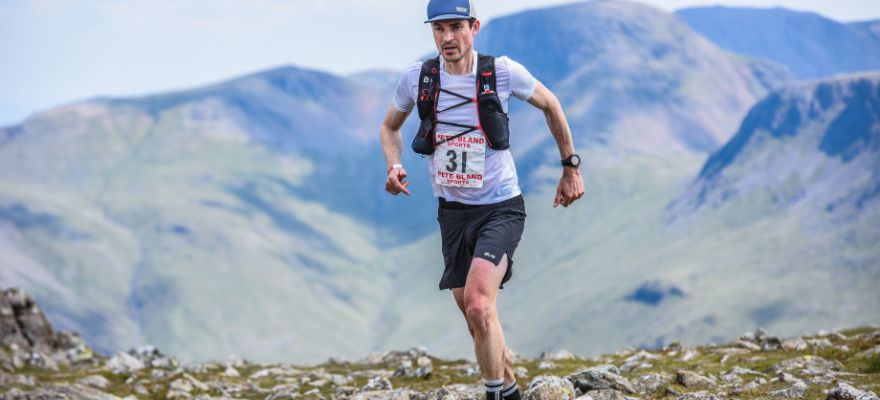
Ready to go the distance? Experienced Ultra-Trail runner Ross Litherland shares his top tips on how to train for success.
It’s Friday 28th August 2015 at 17:58 pm in Place de l’Eglise, Chamonix - the start of the UTMB. This is it: eight months of training, racing, and hard work have led to this point. The butterflies have been building from the moment I woke at 6am and the adrenaline is peaking as the first notes of Vangelis’s Conquest of Paradise start to play. I’m struggling to understand why I’m so extremely nervous. After all, this race is not going to be over any time soon; I’ve got a long, long way to go before its conclusion will be known.
I can’t smile at the crowd or get excited; the task is far too daunting. In any case, high-fiving and whooping now will only mean I’ll have less energy in reserve when it starts getting tough. Which it will, at some point. Better to focus on one thing and one thing only: moving forward.
The truth is, I’m absolutely petrified. I wouldn’t mind, but I’ve been on this very start line plenty of times before. Why does it feel like there is so much riding on it? Then I remember that this is the biggest Ultra-Trail race in the world and that at this precise moment, I wouldn’t want to be anywhere else.
Having completed my first Ultra-Trail in 2007 and my fourth in 2015 (after the nervy countdown described above) I thought I’d finally got over my Chamonix addiction. Yet as I type this, I’m only eight weeks away from the start of the famous TDS (les Traces du Duc de Savoie - UTMB Mont Blanc) – gulp! Below, then, are the lessons I’ve learned – mostly the hard way – about how to prepare for a big run.
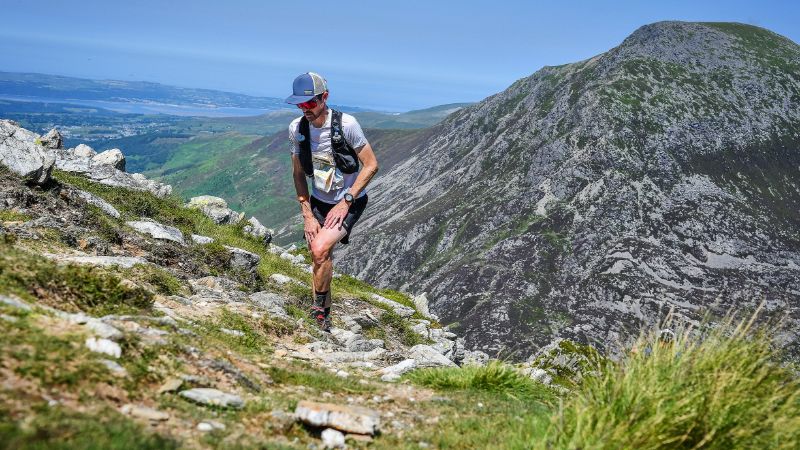
Play The Mental Game
If I’m wondering about turning off the alarm and having another 30 minutes in bed, I think about those start-line nerves. When I eventually get back there this year, I want my mind to be focused on the training I’ve done, not the training I neglected to do.
Regularly reminding myself of all that preparation – and my previous experience of getting through these challenges – gives me confidence that I’ll be able to finish.
Measure Training Vertically
I can’t recall any flat running during the Ultra-Trails that I raced. Therefore I always set elevation goals and leave the miles to look after themselves. 10,000 ft weeks are a good target three to four months out. Add a 15,000 ft week – or perhaps even a 20,000 ft week – within one to two months of the main event.
When it comes to build-up races, I prefer to do a hilly 50k rather than a longer distance on the flat – but whatever the event, it needs to be challenging enough that I’ll have the desire to stop. This builds my experience of having to dig in; an ability I’ll definitely need on the big day.
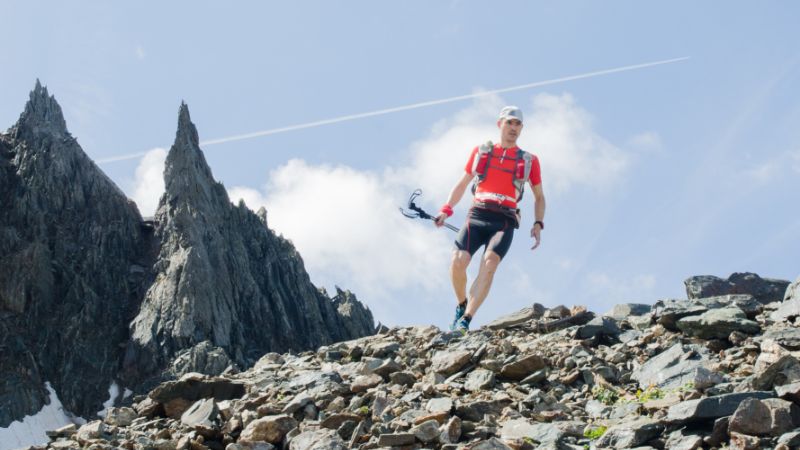
Put Away the Poles
To be honest, while you should definitely practice using your poles so your technique is nailed, I hardly use poles in training, and I’ve still managed to use them effectively on race day. Getting a good technique is more important than the endurance element of carrying them.
If I do use them in training, I always put them away for the descents as I don’t want to limit the fatigue on my legs – I actually want to trash them. That way they’ll be stronger when it comes to race day. Using poles on descents also slows me down far too much, so I would only ever use them if I was extremely tired or death marching.
Baby Food is Not Just for Babies
Energy gels are great, but over 100 miles you will often crave more variety (the best thing I’ve ever eaten was in 2015, when a very friendly spectator passed me a slice of pizza in Vallorcine). It is good to think beyond sports nutrition.
On every 100 miler, I’ve carried lots of race fuel or stashed it in drop bags, only to bring most of it home with me. So, if there’s something savoury that you love and could easily eat for breakfast every morning, you should be able to eat it under tough circumstances on the trail. Just don’t put anything in the bottom of your rucksack as you’ll never end up touching it. Try out some alternative food options during your training blocks or build-up races; I’m currently experimenting with nut butter in a soft gel flask… and baby food pouches!
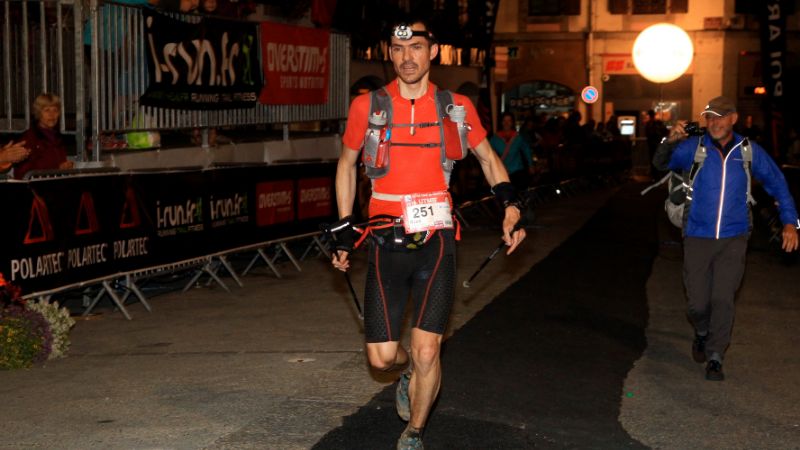
Don’t Over-Train
My DNF (Did Not Finish) on the Ultra-Trail du Mont Blanc in 2008 came when I developed an ITB issue descending into Les Chapieux. This was a result of over-training. I’d successfully finished the race the year before, so I thought I simply needed to do more in order to go faster.
Likewise, cramming is never a good idea. If you’ve left your big training blocks late or missed your main build-up race, then (assuming your main goal is to finish) I think it’s better to accept that you’ll be slower. Increasing your training load close to the run can leave you too tired to complete it.
Try Your Kit
The first miles out of Chamonix are always strewn with abandoned kit. Even if it’s just to the top of your local hill, it’s important to test all your gear on a run and see how it feels when packed. Also, be sure to keep your poles stowed until you’re actually on the first climb; tripping another runner is not a great start.
Arrive Well Rested
Don’t rely on getting a good night’s sleep the night before the race. There is too much going on, too much to worry about and the nerves will start kicking in far sooner than you think. Instead, plan more sleep before you travel to the event. Start at least a week before by making yourself go to bed an hour earlier.
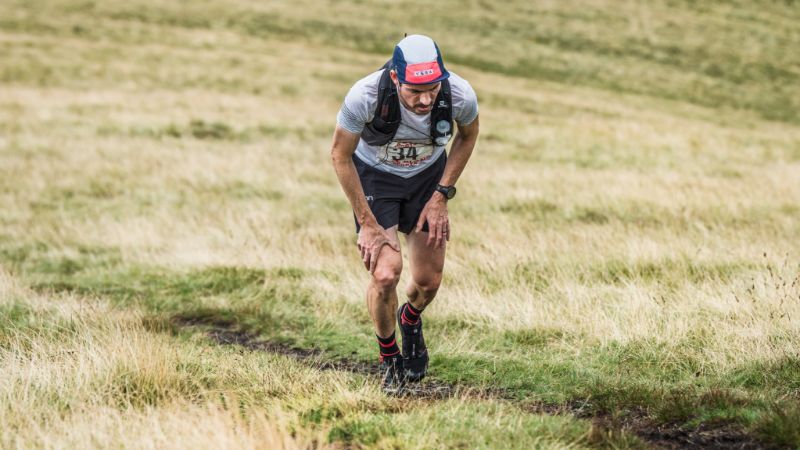
Ross Litherland is a fell runner of over 20 years. Between 2007 and 2015 he became completely engrossed by the legendary Ultra-Trail du Mont Blanc (UTMB), finishing it four times and with one DNF. He has also completed the Traces du Duc de Savoie (TDS). These days he is still found fell racing around his local Peak District and the Lakes.






